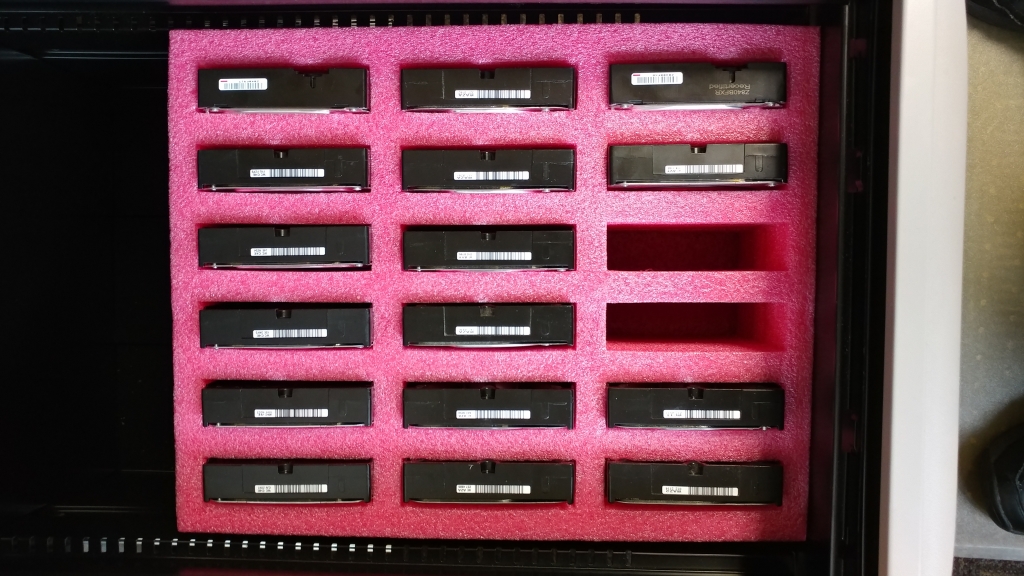Nice to see that Western Digital-owned HGST is shipping a 6TB hard drive that uses helium to assist in cramming 6.5TB into a 3.5″ form factor.
According to an HGST press release,
Leveraging the inherent benefits of helium, which is one-seventh the density of air, the new Ultrastar He6 drive features HGST’s innovative 7Stac™ disk design with 6TB, making it the world’s highest capacity HDD with the best TCO for cloud storage, massive scale-out environments, disk-to-disk backup, and replicated or RAID environments.
“With ever-increasing pressures on corporate and cloud data centers to improve storage efficiencies and reduce costs, HGST is at the forefront delivering a revolutionary new solution that significantly improves data center TCO on virtually every level – capacity, power, cooling and storage density – all in the same 3.5-inch form factor,” said Brendan Collins, vice president of product marketing, HGST. “Not only is our new Ultrastar helium hard drive helping customers solve data center challenges today, our mainstream helium platform will serve as the future building block for new products and technologies moving forward. This is a huge feat, and we are gratified by the support of our customers in the development of this platform.”
What’s really wild is HGST’s suggestion that since they are sealed to keep the helium from leaking out, that this could lead to some clever liquid cooling options (emphasis added),
One solution, which has been explored by many, is liquid cooling. Liquid, which is denser than air, can remove heat more efficiently and maintain a more constant operating temperature. However, traditional drives cannot be submerged as they are open to the atmosphere and would allow the cooling liquid inside, damaging or destroying the HDD. HGST’s HelioSeal platform provides the only cost-effective solution for liquid cooling as the drives are hermetically sealed and enable operation in most any non-conductive liquid. Today, HGST is working with leading innovators in this space such as Huawei and Green Revolution Cooling.
Nice.

